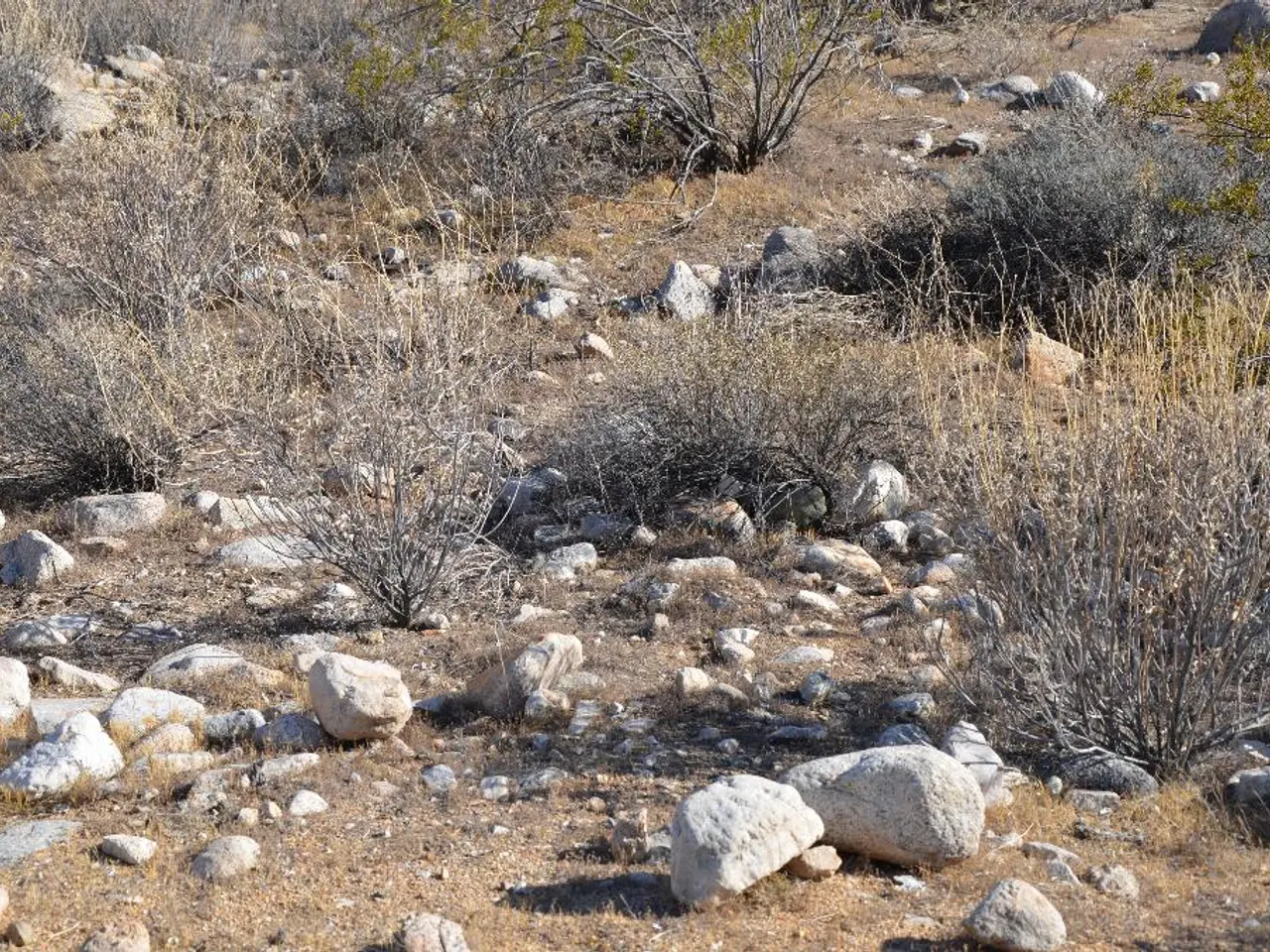NASA discovers possible indications of life embedded within Martian rocks
In a groundbreaking development, NASA's Perseverance rover has discovered potential biosignatures in a Mars rock sample, nicknamed 'Cheyava Falls'. The discovery, made in Mars's Jezero Crater from an area called the Bright Angel formation, has sparked renewed interest in the ongoing debate about the potential for life on Mars.
The rocks in the Bright Angel formation contain oxidised iron, a fact that caught the attention of the researchers investigating the potential biosignatures in the Mars sample known as 'Sapphire Canyon'. Two iron-rich minerals, vivianite and greigite, were also found in the Cheyava Falls rock sample. On Earth, these minerals are often associated with microbial activity.
However, it's important to note that the minerals found in the Cheyava Falls rock sample may not definitively confirm a biological origin as they can also form through non-biological processes. The millimeter-scale structures containing iron phosphate and iron sulfide, found in the Sapphire Canyon sample, are suggestive of a possible microbial origin.
The Imperial College London researchers, who are spearheading the investigation, identified these structures by studying the chemical reactions involving organic carbon. To confirm the biological origin of these biosignatures, further analysis of the sample material is planned on Earth to obtain more data and conduct more detailed studies.
The Sapphire Canyon sample's potential biosignatures could originate from a relatively young sediment, suggesting Mars may have remained habitable later into its history than previously thought. The rocks gathered are primarily composed of clay and silt, rich in phosphorus, and the sample is also rich in organic carbon, sulphur, oxidised iron, and phosphorus.
The results of the study, involving the Perseverance rover's findings at Cheyava Falls, have been peer-reviewed and published in the journal Nature. The discovery at Cheyava Falls could potentially redefine our understanding of Mars's history and its potential for sustaining life.
The Perseverance rover's mission continues to explore Mars's Jezero Crater for more signs of past life on the planet. This latest discovery underscores the importance of the mission and the ongoing search for evidence of past life on Mars.
Read also:
- New York joins a multistate health coalition to counteract chaos in federal vaccine distribution efforts
- Enhanced Iron Absorption in Female Health: Biotechnology Developed Plant Protein Outperforms Iron Supplements in Fermentation
- Controversy Surrounding Epstein Heats Up in Washington; Trump Endorses Homelessness Executive Order; More Events Reported
- Prevent the exploitation of our public health care systems for financial gain






